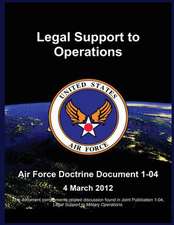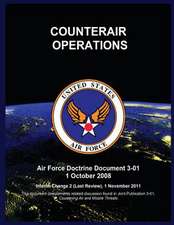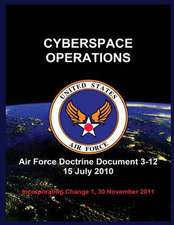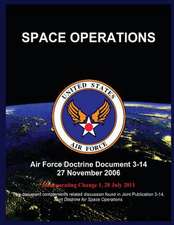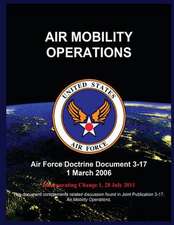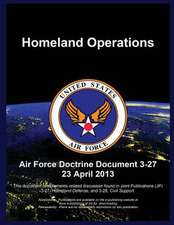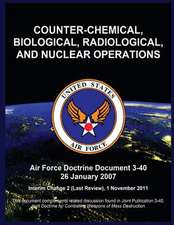Atlas ICBM Missile Weapon System Technical Manual
Autor United States Air Forceen Limba Engleză Hardback – 20 dec 2011
| Toate formatele și edițiile | Preț | Express |
|---|---|---|
| Paperback (1) | 314.08 lei 3-5 săpt. | |
| Periscope Film LLC – 19 dec 2011 | 314.08 lei 3-5 săpt. | |
| Hardback (1) | 376.76 lei 3-5 săpt. | |
| Periscope Film LLC – 20 dec 2011 | 376.76 lei 3-5 săpt. |
Preț: 376.76 lei
Nou
Puncte Express: 565
Preț estimativ în valută:
72.10€ • 74.100$ • 59.52£
72.10€ • 74.100$ • 59.52£
Carte disponibilă
Livrare economică 25 martie-08 aprilie
Preluare comenzi: 021 569.72.76
Specificații
ISBN-13: 9781940453521
ISBN-10: 1940453526
Pagini: 592
Dimensiuni: 208 x 260 x 36 mm
Greutate: 1.41 kg
Editura: Periscope Film LLC
ISBN-10: 1940453526
Pagini: 592
Dimensiuni: 208 x 260 x 36 mm
Greutate: 1.41 kg
Editura: Periscope Film LLC
Descriere
Descriere de la o altă ediție sau format:
Created by the Air Force for the men who stood "on alert" with the Atlas, this technical manual contains descriptions of the HGM-16F missile, launch complex, handling and transport, checkout and launch operations, emergency procedures, and more. Originally restricted, it has been declassified and is reprinted here in book form.
Created by the Air Force for the men who stood "on alert" with the Atlas, this technical manual contains descriptions of the HGM-16F missile, launch complex, handling and transport, checkout and launch operations, emergency procedures, and more. Originally restricted, it has been declassified and is reprinted here in book form.




![Spirit of '76 in Rhode Island [Published] with Cowell's Spirit of '76: An Analytical and Explanatory Index by James N. Arnold](https://i4.books-express.ro/bt/9780806319599/spirit-of-76-in-rhode-island-published-with-cowell-s-spirit-of-76.jpg)



